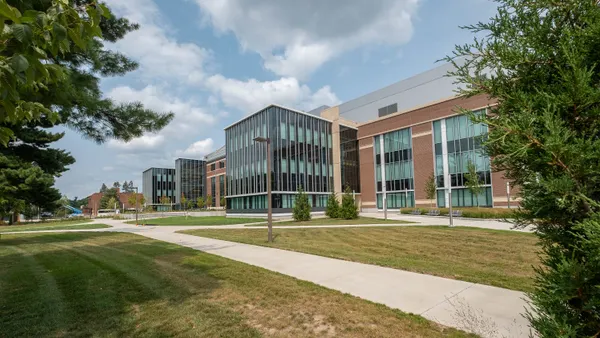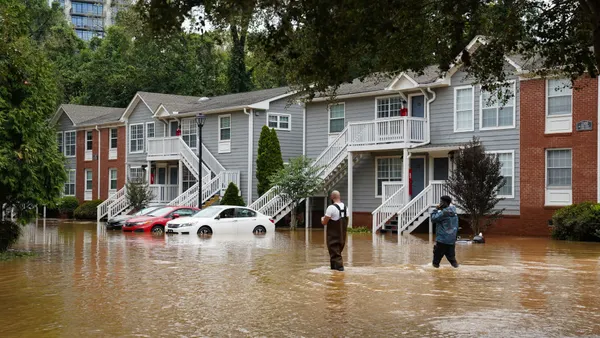Dive Brief:
-
The green bubbles moving around inside the 8-foot by 2-foot glass panels that cover the surface of a new, 15-unit apartment building in Hamburg, Germany, are proof that the building is alive. At least its energy system is: The building is powered by algae.
-
The $6.58 million bioreactor façade contains algae, which thrives on carbon dioxide, can grow endlessly and produces oils that can be converted into clean energy.
-
The BIQ structure is the first apartment building to use algae as an energy source. The organisms get their carbon dioxide from a pressurized air pump, which also moves them around so they don’t stick to the glass and rot. Scrubbers keep the glass clean so plenty of sunlight can get to the algae, which is periodically burned in a generator to produce power.
Dive Insight:
Critics argue that it takes energy to make energy with algae, and the building’s futuristic designers concede that the BIQ is only 50% energy independent. Plus, building an algae-powered energy system into a structure adds around $2,500 per square meter to construction costs.












